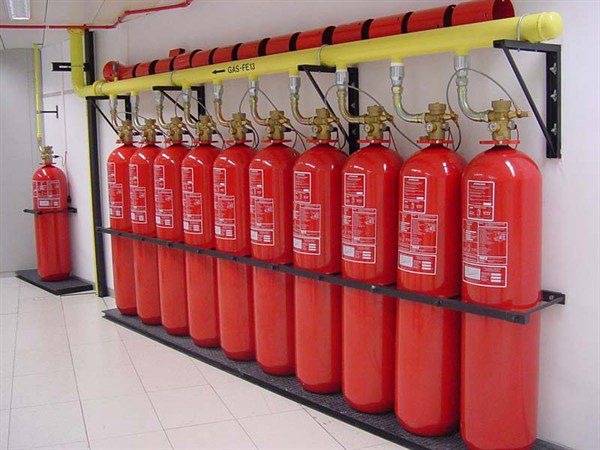

FM 200 / NOVEC 1230 – HIGH EFFICIENCY DELIVERY SYSTEM (HEDS)
HEDS™ stands High Efficiency Delivery System and it is the newest solution for Engineered Clean Agent Fire Suppression Systems offered by Safety Hi-Tech Global. The unique design of systems components and the super-pressurization with nitrogen up to 500 PSI/35 bar dramatically increase discharge flow characteristics and therefore HEDS™ Engineered Clean Agent Fire Suppression Systems offer significant technical and economic advantages over conventional systems. HEDS™ Systems use a variety of clean agents including Novec™ 1230, NAF® S227, INNOVEX® 227 and FM-200®. HEDS™ systems are UL Listed and FM approved.